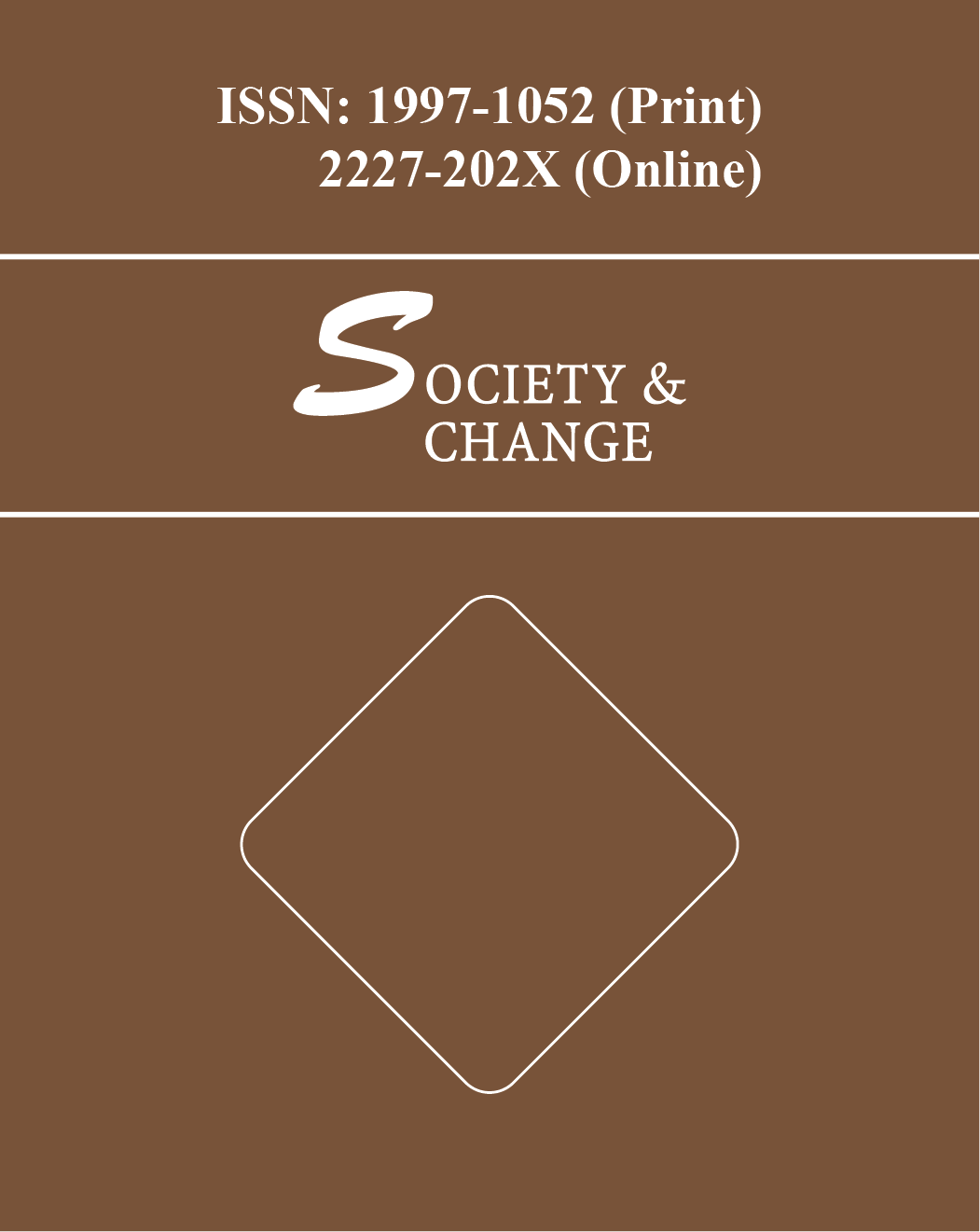Traditional medicinal practice is a very common phenomenon among the low and middle incoming group of people in Bangladesh. It is fact that most indigenous people or tribes still rely on their traditional medicinal practitioners, who can cater to their various ailments by administering medicinal plants, which may or may not be supplemented with various species of animals, insects, fish, amulets, and incantations. Since such practices have continued for centuries, indigenous medicinal practitioners, over time, can possess considerable knowledge of medicinal plants, particularly plants found within the vicinity of their habitat (Rahamatullah and et al, 2013). This is basically a qualitative study substantiated by quantitative data. The study examines the concern factors dominating the uses of traditional medicines among the urban people and the motive of the traditional healers who practices such medicines as means of their livelihood. This research also explored the type of traditional medicinal practices sought by the urban people treated at the roadside or footpath of Dhaka City, Bangladesh. The sample is comprised of a total of twenty (20) participants for in-depth interview who frequently intakes traditional treatment from the traditional healers. In addition, five (05) case studies were conducted on the traditional practitioners just to know their way of practices, standard of treatments and medicines they provided to their clients and levels of their training if any. This study also explored the opportunities of such traditional trades and variety of challenges encountered by the practitioners and aftermath problems faced by the recipients. The findings of the study revealed that most of the Practitioners are not familiar with modern medicine and are not aware with the scientific importance of the medicine they are selling. Even they never receive any feedback from the customers they served. They got some idea on plants and they are well conversant so that they could captivate the visitors. Among different challenges encountered by the traditional healers, police threats, problem created by local mastans and sometimes some educated people suddenly put pressure on them that hampers their business. Apart from these, it was found that people who received treatment are from low income, less educated, have less time , don’t have enough time to visit government hospital, have negative perception about hospital or simply to give a try and to see the effectiveness of the medicine.



 INSEARCH 2025: 10th International Integrative Research Conference on Governance in Society, Business and Environment
INSEARCH 2025: 10th International Integrative Research Conference on Governance in Society, Business and Environment